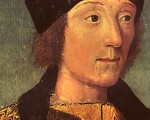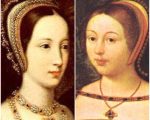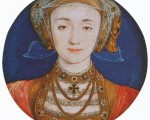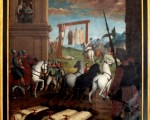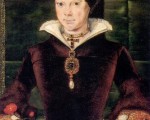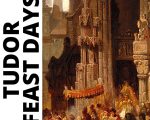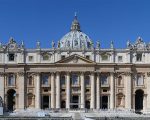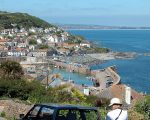
ugust’s informal live chat will take place in the chatroom this Saturday, 12th August. The topic is Tudor food and recipes.
If you’ve never been to one of our informal live chats then let me explain… We all pile into the chatroom and then it’s a free-for-all. It’s an hour where we can discuss the chosen topic, share our thoughts, share book recommendations, pose questions…anything really. It’s always good fun and the hours flies by. So for this one, we can discuss the foods the Tudors ate, how they cooked it, how they preserved it, books about Tudor food and cookery, recipes we have tried etc. I do hope you can come along.
[Read More...]

